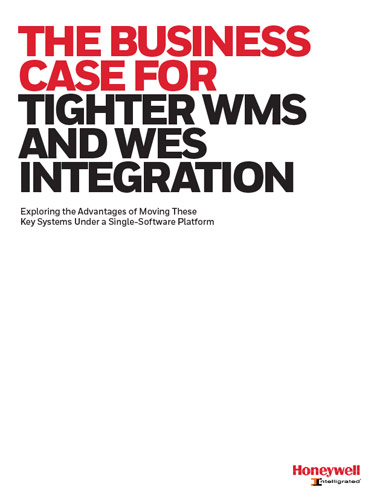The Business Case for Tighter WMS and WES Integration
Exploring the Advantages of Moving These Key Systems Under a Single-Software Platform
A WMS typically enables connection to an enterprise resource planning (ERP) system and/or an order management system (OMS) to bring both purchase orders and sales orders into the warehouse workflow. The primary purposes of a WMS are to 1) receive and put away inventory from inbound purchase orders, 2) manage existing inventory integrity at the location level within the four-wall warehouse, and 3) create waves of outbound sales orders that allocate inventory and generate picking tasks which are released to the floor for fulfillment execution. In addition, the WMS is providing real- time inventory and status information during these activities.
At this point, a WES takes over key aspects related to order fulfillment execution by processing incoming orders and providing real-time resource allocation. Not only can a WES make decisions based on current order priorities and DC demands, it also balances activities across work zones based on available labor, material handling equipment (MHE) and automation systems to avoid bottlenecks and maximize resource utilization.
Integrating these two systems is a preferred method to receive and fulfill orders. But in most instances, operations select separate vendors for their WMS and WES platforms — which are neither designed to complement each other nor add value to warehouse operations. As a result, most operators encounter varying degrees of difficulty connecting these systems to provide a unified, end-to-end view of their operations and order fulfillment activities.
In addition, WMS software is often overbuilt for the purposes of many DCs, and warehouse operators only use a fraction of the capabilities in which they have invested. For some operations, implementing a leading WMS package may simply be cost-prohibitive. Others resort to building their own homegrown WMS software, but often find it increasingly difficult to support these systems over the lifecycle.
This white paper will detail the challenges of typical WMS/WES integration and explore the value of integrating these essential systems under one unified software platform.
What’s Related
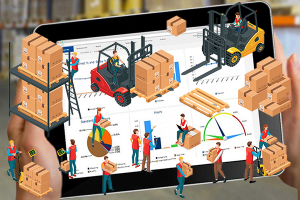
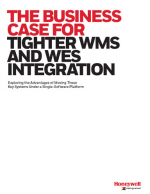
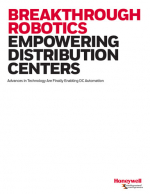
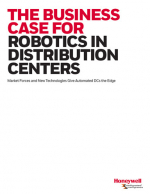
Favorites





